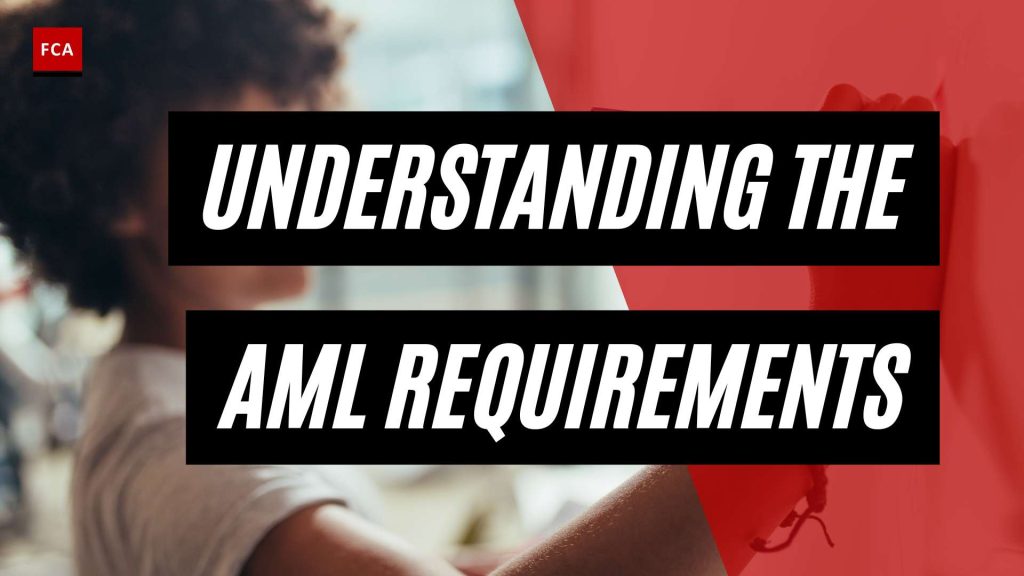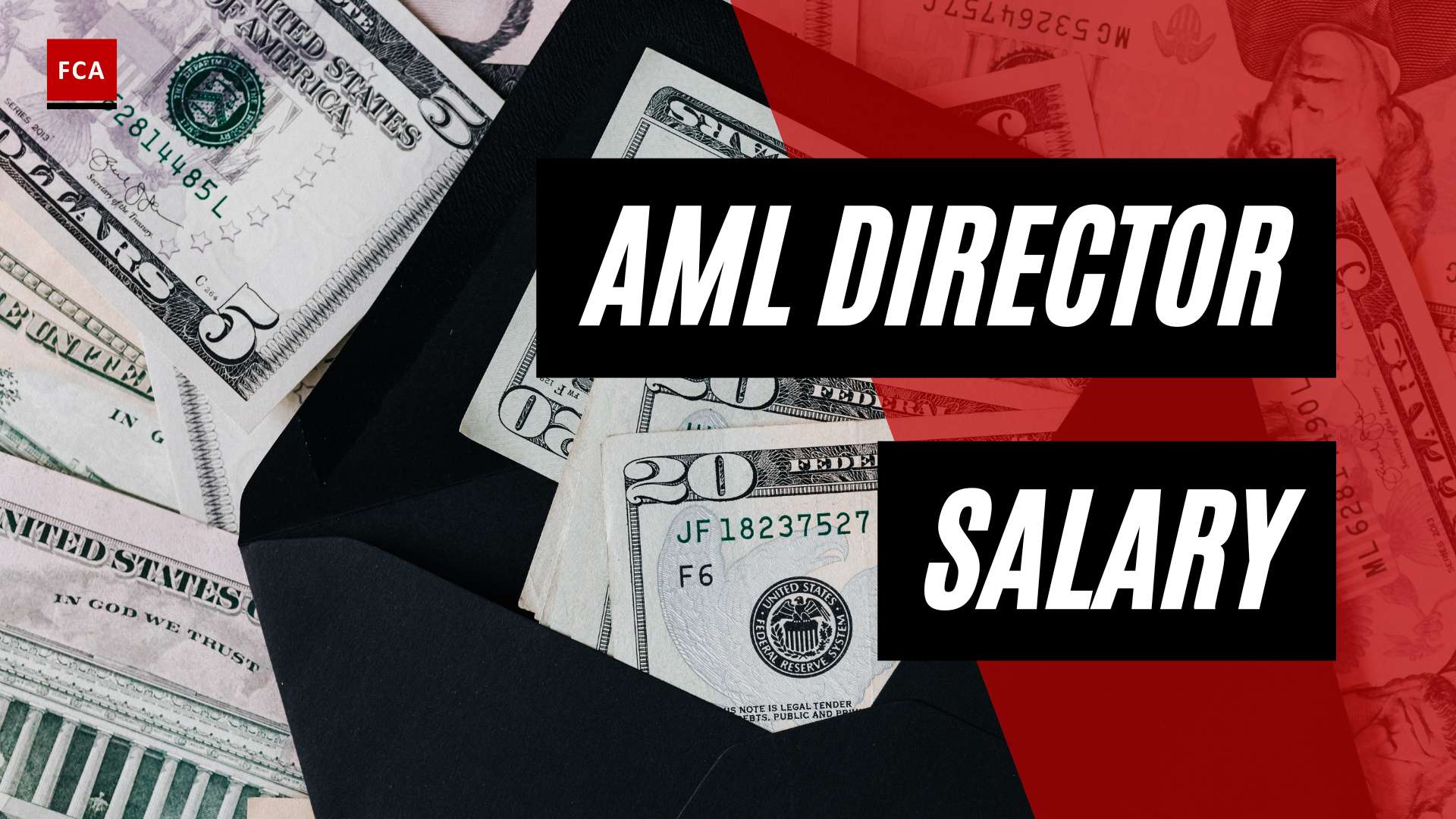Understanding AML Training
In the fight against money laundering and financial crimes, Anti-Money Laundering (AML) training plays a pivotal role. It equips professionals working in compliance, risk management, and related fields with the knowledge and skills necessary to identify and prevent illicit financial activities. This section delves into the purpose of AML training and its key components, providing a comprehensive understanding of AML training requirements.
Purpose of AML Training
The primary purpose of AML training is to educate appropriate personnel on their role in combating money laundering and ensuring compliance with applicable regulations. As per regulations such as 12 CFR 208.63(c)(4) (Federal Reserve), 12 CFR 326.8(c)(4) (FDIC), 12 CFR 748.2(c)(4) (NCUA), and 12 CFR 21.21(d)(4) (OCC), banks are mandated to provide tailored training to relevant personnel (BSA/AML Manual).
This training covers Bank Secrecy Act (BSA) regulatory requirements, supervisory guidance, and the bank’s internal BSA/AML policies, procedures, and processes. It’s also used to reinforce the importance of BSA compliance for the board of directors and senior management. Furthermore, AML training underscores the role all employees play in maintaining a robust BSA/AML compliance program (BSA/AML Manual).
AML Training Components
A comprehensive AML training program consists of several components, all aimed at enhancing the understanding and operational capabilities of personnel in relation to AML compliance. The training should be tailored to each individual’s specific responsibilities and cover a multitude of topics, including regulatory requirements and internal policies.
Certain business lines or operational units, such as lending, trust services, foreign correspondent banking, and private banking, may require targeted training due to specific money laundering/terrorist financing risks and requirements relevant to their operations.
New staff typically receive an overview of BSA purposes and regulatory requirements during employee orientation or shortly after. In contrast, the board of directors and senior management should receive foundational training on the BSA and stay informed of changes and new developments in the field. While their level of training may differ from banking operations personnel, it should provide them with sufficient understanding to oversee the BSA/AML compliance program effectively.
Documentation is another critical component of AML training. Banks are required to document their training programs, including training materials, testing materials (if applicable), dates of training sessions, and attendance records. These materials and records should be available for audit or examiner review, and any deviations from required training or corrective actions taken must be documented.
As you navigate through the world of AML training, understanding these components will aid in the development of effective AML training programs and ensure compliance with global AML training standards.
Global AML Training Standards
To combat money laundering effectively, there are a set of global standards and recommendations that guide the development and implementation of AML training programs. Two key players in setting these standards are the Financial Action Task Force (FATF) and the Financial Crimes Enforcement Network (FinCEN), in collaboration with the Financial Industry Regulatory Authority (FINRA).
FATF Recommendations
The Financial Action Task Force (FATF), established in 1989, is responsible for issuing guidance and best practices for AML compliance through its set of 40 Recommendations. These Recommendations serve as a global standard and are regularly updated to address new threats and changes in the global financial landscape.
The FATF Recommendations cover a wide range of issues, from the criminal justice system and law enforcement to the financial system and its regulation, and for many different types of professions and industries. They are designed to help countries and organizations design and implement effective AML strategies, including developing robust AML training programs.
Role of FinCEN and FINRA
FinCEN, established in 1990, plays a vital role in shaping AML training requirements. It issues guidance to financial institutions on AML compliance to help them understand their obligations under the law and provides best practices for identifying and reporting suspicious activities. In addition, FinCEN also offers training and educational materials to facilitate the implementation of effective AML compliance programs (Sanctions.io).
FINRA, on the other hand, functions as a self-regulatory organization for brokerage firms and exchange markets in the US. It oversees the compliance of its member firms with federal securities laws and regulations, including AML requirements. Registered representatives can fulfill Continuing Education requirements through FINRA’s FinPro platform (FINRA).
These organizations, along with others like the Basel Committee on Banking Supervision and the European Banking Authority, participate in setting standards and offering guidance for AML compliance. They provide guidelines for financial institutions in various regions, thereby establishing global AML training standards.
These global standards and guidelines, coupled with regional and industry-specific regulations, shape the structure and content of AML training for employees, AML training for accountants, AML training for banks, AML training for regulators, AML training for auditors, and AML training for lawyers. Following these standards is crucial to maintain compliance and to effectively combat money laundering and related financial crimes.
AML Regulatory Frameworks
To understand the landscape of AML training requirements, it’s crucial to have a solid grasp of the regulatory frameworks that govern Anti-Money Laundering (AML) practices in different jurisdictions.
AML Regulations in the United States
In the United States, the Financial Crimes Enforcement Network (FinCEN) and the Financial Industry Regulatory Authority (FINRA) play significant roles in enforcing AML regulations. Both organizations have a set of guidelines that financial institutions and their employees must adhere to.
FINRA, for instance, offers a platform called FinPro, where registered representatives can fulfill Continuing Education requirements related to AML. This platform offers interactive, role-based training designed to keep professionals up-to-date with current AML regulations and best practices.
It’s imperative to remember that non-compliance with U.S. AML regulations can result in severe penalties, including fines and criminal charges. Hence, organizations must ensure that their employees participate in regular aml compliance training and are aware of the latest regulatory changes.
AML Regulations in Canada
In Canada, the Financial Transactions and Reports Analysis Centre of Canada (FINTRAC) is the regulatory body responsible for enforcing AML regulations. Similar to the U.S, non-compliance with these regulations can result in both administrative and criminal penalties.
One of the key aspects of Canadian AML regulations is the Administrative Monetary Penalty (AMP) system. Since December 2008, FINTRAC has had the legislative authority to issue an AMP to reporting entities that do not comply with the Proceeds of Crime (Money Laundering) and Terrorist Financing Act (FINTRAC).
It’s worth noting that significant changes have been made to the Canadian Anti-Money Laundering/Anti-Terrorist Financing (AML/ATF) legislation since 2019. These changes aim to deter non-compliance with the legislation and associated regulations, thus increasing the risks and consequences of non-compliance (CPA Canada).
Accountants and accounting firms in Canada are encouraged to stay informed about the upcoming changes and additional information related to AML/ATF regulations. They can do this by referring to FINTRAC guidance documents and resources such as those provided by CPA Canada.
Whether you’re operating in the U.S. or Canada, staying compliant with AML regulations is crucial. This not only helps avoid penalties but also contributes to the global fight against financial crimes. Regular participation in aml training programs can help organizations and their employees stay informed and compliant.
Compliance with AML Training Requirements
Complying with Anti-Money Laundering (AML) training requirements is a critical aspect of maintaining sound AML practices. This involves providing specific training to different personnel levels and ensuring proper documentation of training programs.
Training for Different Personnel Levels
Regulations such as 12 CFR 208.63(c)(4) (Federal Reserve), 12 CFR 326.8(c)(4) (FDIC), 12 CFR 748.2(c)(4) (NCUA), 12 CFR 21.21(d)(4) (OCC) mandate banks to provide training for appropriate personnel. This training should be tailored to each individual’s specific responsibilities and cover Bank Secrecy Act (BSA) regulatory requirements, supervisory guidance, and the bank’s internal BSA/AML policies, procedures, and processes.
Targeted training may be necessary for specific money laundering/terrorist financing risks and requirements applicable to certain business lines or operational units such as lending, trust services, foreign correspondent banking, and private banking. New staff is typically provided with an overview of BSA purposes and regulatory requirements during employee orientation or shortly after.
The board of directors and senior management should receive foundational training on the BSA and stay informed of changes and new developments in the field. While the level of training for the board may differ from banking operations personnel, it should provide them with sufficient understanding to oversee the BSA/AML compliance program effectively.
Training for appropriate personnel should incorporate current BSA regulatory requirements, supervisory guidance, and internal policies, procedures, and processes. The training may be used to highlight the importance of BSA compliance for the board of directors and senior management, as well as reinforce all employees’ roles in maintaining a robust BSA/AML compliance program.
For more details on how to tailor training to specific roles, visit our page on aml training for different personnel.
Documenting AML Training Programs
Documentation plays a key role in ensuring compliance with AML training requirements. Banks are required to document their training programs, including training materials, testing materials (if applicable), dates of training sessions, and attendance records (BSA/AML Manual).
These materials and records should be readily available for audit or examiner review. Moreover, any deviations from required training or corrective actions taken must be documented. This documentation is essential to demonstrate the bank’s commitment to maintaining a robust AML compliance program and serves as evidence of compliance with regulatory requirements.
For more information on how to effectively document AML training programs, visit our page on aml training programs.
Risks and Consequences of Non-Compliance
Non-compliance with the stipulated global AML training standards can have severe consequences for both the organization and the individuals involved. These consequences can range from administrative and criminal penalties to long-term negative impacts on the organization’s reputation.
Administrative and Criminal Penalties
One of the immediate consequences of non-compliance with AML training requirements is the imposition of Administrative Monetary Penalties (AMPs). Since December 30, 2008, the Financial Transactions and Reports Analysis Centre of Canada (FINTRAC) has had the legislative authority to issue AMPs to reporting entities that do not comply with the Proceeds of Crime (Money Laundering) and Terrorist Financing Act.
Moreover, FINTRAC must publicly disclose all AMPs imposed on reporting entities found to be in non-compliance with the law. However, it’s important to note that both criminal charges for non-compliance offences and AMPs cannot be issued against the same instances of non-compliance with Parts 1 and 1.1 of the Act (FINTRAC).
Since 2019, significant changes have been made to deter non-compliance with the AML/ATF legislation and the Criminal Code, thus increasing the risks and consequences of non-compliance.
Failure to comply with AML regulations can result in fines, penalties, and even criminal charges, as these regulations safeguard organizations from money laundering efforts.
Impact on the Organization’s Reputation
In addition to the legal and financial consequences, non-compliance with AML training requirements can also have a detrimental impact on the organization’s reputation. The public disclosure of non-compliance and the imposition of penalties can erode trust among customers, clients, and stakeholders.
Moreover, it can impact the organization’s relationships with regulators and financial institutions, potentially leading to increased scrutiny and reduced access to banking services. This damage to the organization’s reputation can be long-lasting and more costly to repair than the financial penalties imposed for non-compliance.
To mitigate these risks, it is essential that organizations prioritize compliance with AML training requirements, ensuring that all personnel, from entry-level employees to executives and board members, receive appropriate AML compliance training. Moreover, regular audits and reviews of AML training programs can help to identify any gaps or areas of non-compliance, enabling corrective action to be taken promptly.
AML Training Best Practices
In order to effectively meet ‘aml training requirements’, it is crucial to follow best practices that ensure comprehensive, up-to-date, and effective Anti-Money Laundering (AML) training. These practices include tailoring training to specific roles and keeping up with regulatory changes.
Tailoring Training to Specific Roles
When it comes to aml training for employees, it is important that training is tailored to each individual’s specific responsibilities. This includes understanding the Bank Secrecy Act (BSA) regulatory requirements, supervisory guidance, and the bank’s internal BSA/AML policies, procedures, and processes.
For instance, targeted training may be necessary for specific money laundering/terrorist financing risks and requirements applicable to certain business lines or operational units such as lending, trust services, foreign correspondent banking, and private banking. The new staff is typically provided with an overview of BSA purposes and regulatory requirements during employee orientation or shortly after (BSA/AML Manual).
Furthermore, it’s important to note that the board of directors and senior management should also receive foundational training on the BSA and stay informed of changes and new developments in the field. While the level of training for the board may differ from banking operations personnel, it should provide them with sufficient understanding to oversee the BSA/AML compliance program effectively (BSA/AML Manual).
Keeping Up with Regulatory Changes
AML regulations are continually updated to address evolving threats in the industry. Thus, it is crucial for professionals in compliance, risk management, anti-money laundering, and anti-financial crime to stay abreast with these changes.
For instance, in the United States, Financial Crimes Enforcement Network (FinCEN), Financial Industry Regulatory Authority (FINRA), Office of Foreign Assets Control (OFAC), and other regulators play key roles in managing and enforcing AML regulations. Various regulatory bodies oversee different aspects of financial operations, ensuring compliance with safety and regulatory mandates.
Similarly, Canada’s anti-money laundering regimes include the Financial Transactions and Reports Analysis Centre of Canada (FINTRAC), responsible for enforcing the Proceeds of Crime (Money Laundering) and Terrorist Financing Act (PCMLTFA), assessing compliance and enforcing regulations related to money laundering and terrorist financing in Canada.
In this context, aml training programs should be updated regularly to reflect these changes and provide the most current information to employees. For instance, accountants and accounting firms are encouraged to stay informed about changes and additional information related to AML/ATF regulations by referring to FINTRAC guidance documents provided in the articles (CPA Canada).
In short, tailoring AML training to specific roles and keeping up with regulatory changes are two best practices that can help professionals meet global AML training standards and ensure compliance with AML training requirements.








